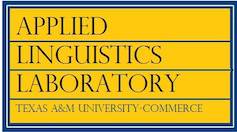Learning English bare singulars: Data in the L2 classroom
DOI:
https://doi.org/10.21283/2376905X.4.45Keywords:
BARE SINGULARS, ENGLISH ARTICLES, ESL, CORPUS ASSISTED LANGUAGE LEARNING, L1 LANGUAGE TYPESAbstract
Contrasted with the more typical English bare noun forms of mass and proper nouns, bare singular count nouns comprise a problematic set for many descriptive grammars and thus for many second language learners. Although article usage is one of the trickiest areas of English as a Second Language (ESL) to master, bare noun phrases, and bare singulars in particular, are less emphasized in the English language classroom, where much of the focus is placed on learning to produce articles, not learning to exclude them. To investigate L2 sensitivity to bare singular forms, the distribution of bare and articulated NPs in corpus data is contrasted, nouns appearing most often without articles are tracked, and a survey of L2 grammaticality judgments by adult learners is gathered. Lastly, the combined results of the corpus and survey data are integrated into a lesson on the syntax and pragmatics of bare singular count nouns that is designed for the ESL classroom.
Downloads
Published
How to Cite
License
Copyright (c) 2016 Laurel Smith Stvan

This work is licensed under a Creative Commons Attribution 4.0 International License.


